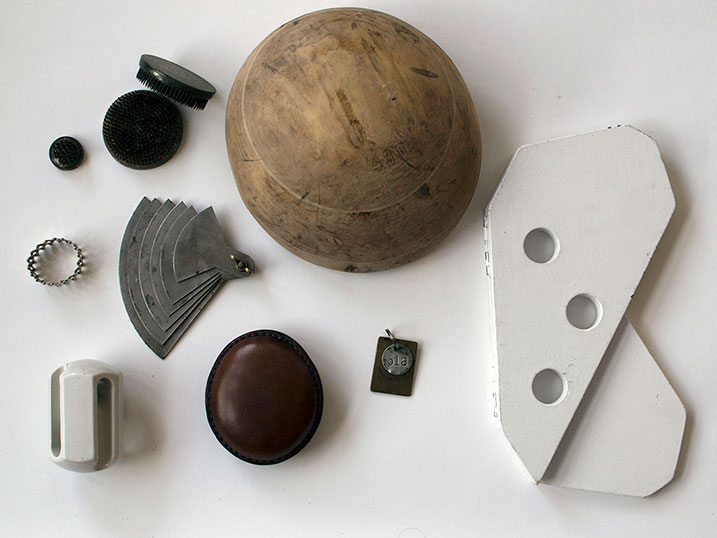/2014/
Photo credits go to Ania Pabis

For 5 years I have enjoyed walking around Berliner flea markets on Sunday afternoons. These walks are mostly about floating in empty states of mind and searching for nothing in particular except perhaps surprises — a quiet excitement on snow or under a dirty sun. This activity is about submitting thousands of somethings to a kind evaluation. The range of items is huge: from rusty forks to forgotten pieces of art. In this context, recognizing an object is an amusing activity made of attraction or indifference; perception in such pleasant circumstances becomes, if you are lucky, a creative game: to recognize and identify is a gentle form of appropriation and a simple accomplishment.

Most objects cannot escape this process and, in what looks like a lost fight, are bound to reflect back their identity-light. But some of them are stronger, some of them withhold their who-I-am and offer a discrete resistance, they hide their function. Unfortunately, these often end up revealing their cheap or uninteresting nature. In very rare occasions, a complicated set of coincidences concur to enhance my private experience of an object which does not reveals its identity or its function and yet retains the capacity to be simple, mysterious, and the source of a charming tension. Even if I grab it and touch it – still I cannot win this battle, and this for several reasons. I attributed a value to each of such objects because they won and because they deserved it. I tried to buy each one of them and generally got them for a very reasonable price (around 1-5€) – things that lose their identity are affordable. So I can now preserve them as trophies of the underdog.


Here you can find my collection of seven objects that lost their identity. What happened is that, after research or deeper analysis, some of them finally disclosed their identity – they revealed their names – but still, a special tension between anonymity and identifiability subsists.

